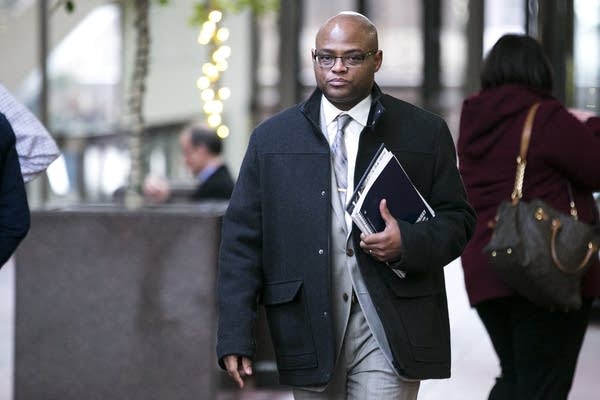Lawyer for Mpls. cop who shot at car rips prosecution's expert witness

Efrem Hamilton walks through the Hennepin County Government Center
Evan Frost | MPR News
Go Deeper.
Create an account or log in to save stories.
Like this?
Thanks for liking this story! We have added it to a list of your favorite stories.


